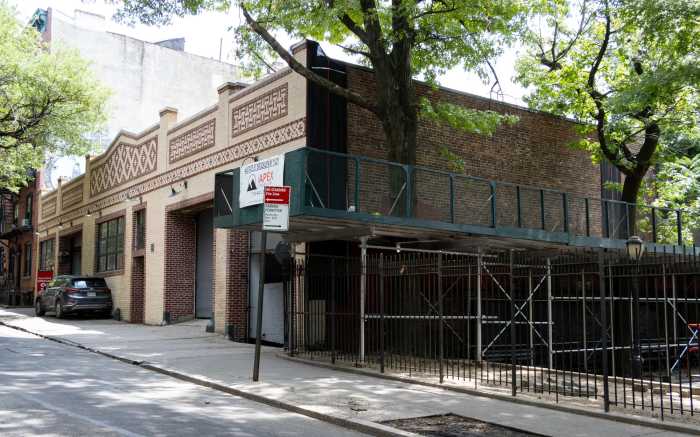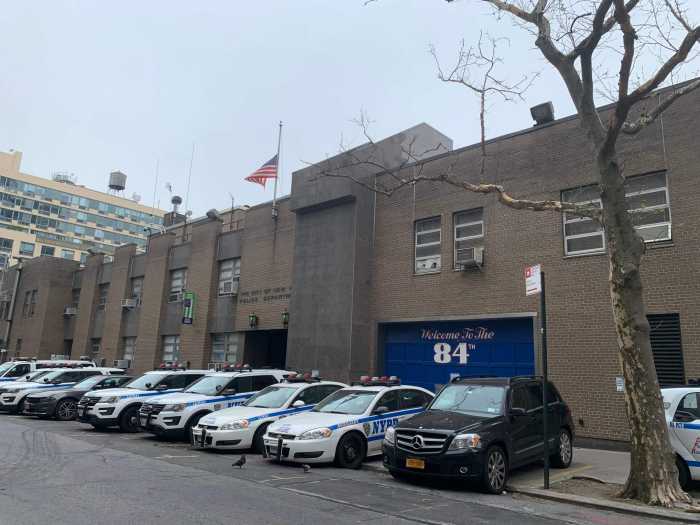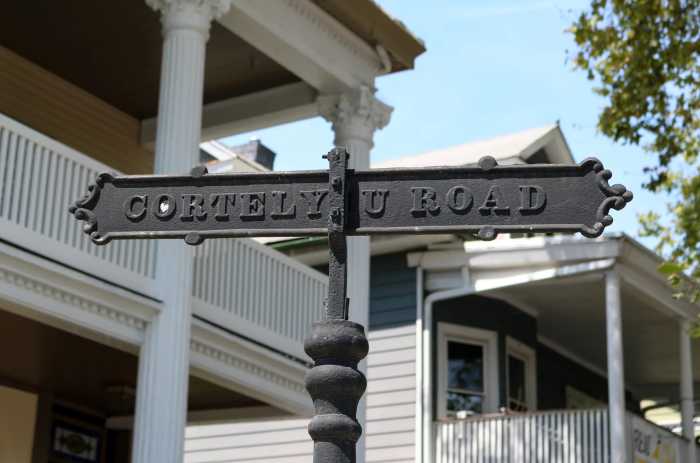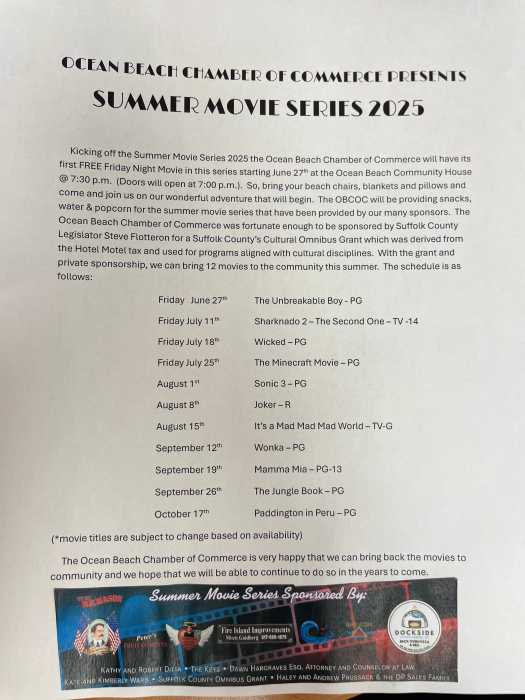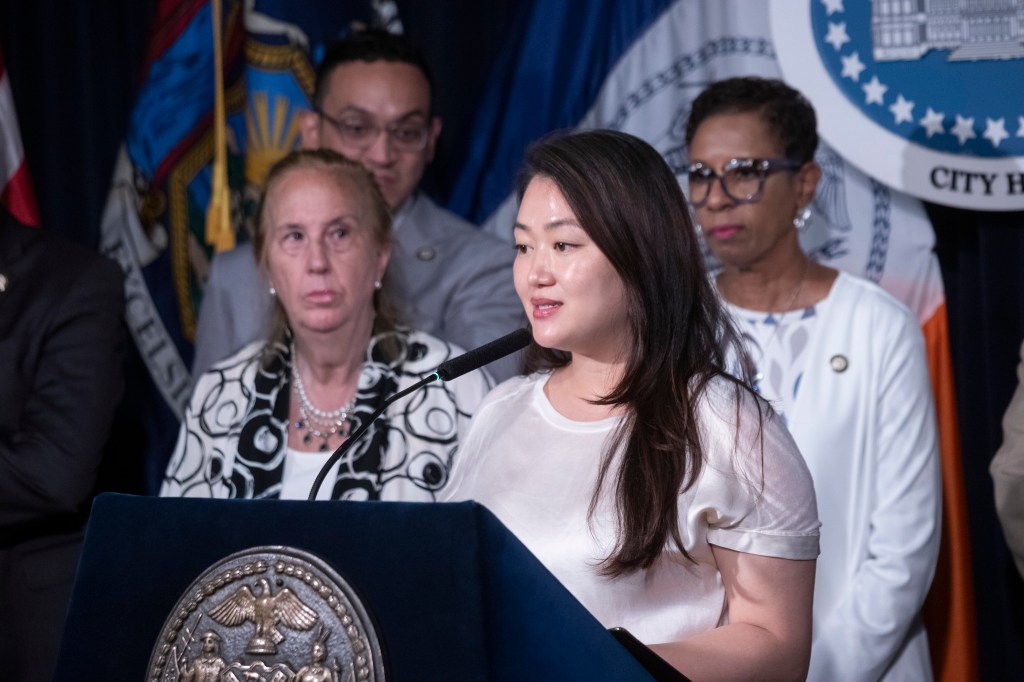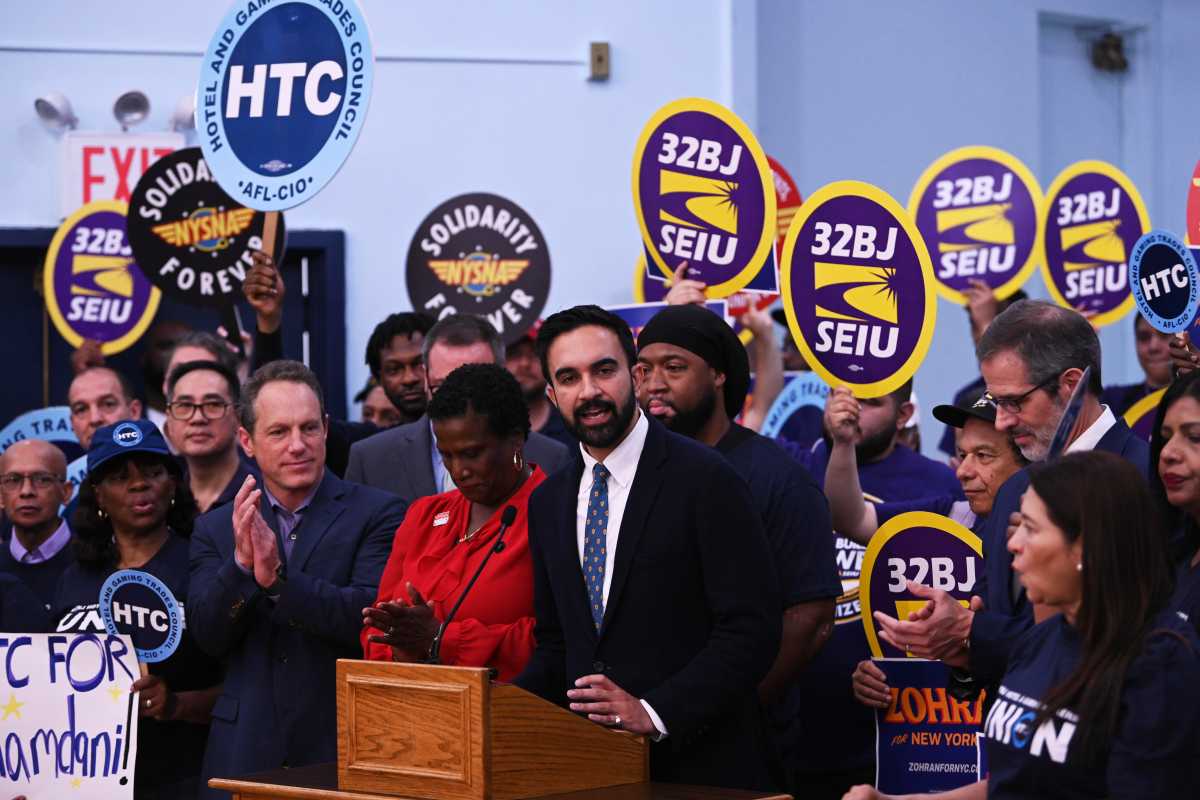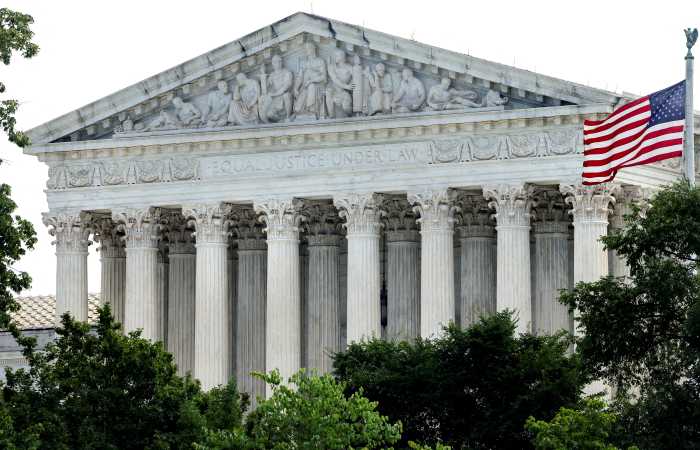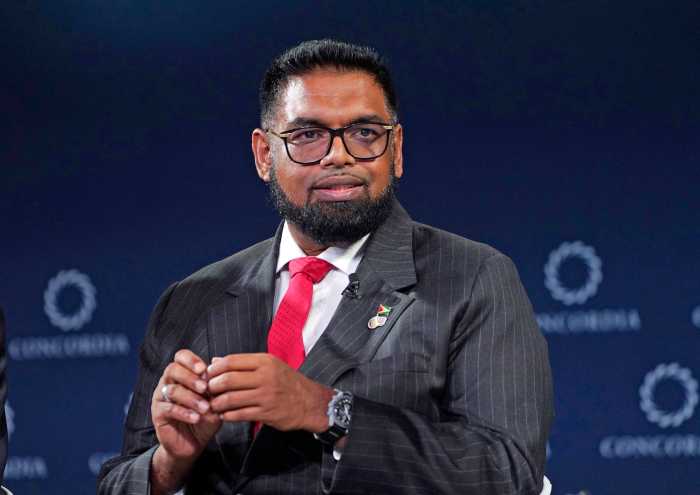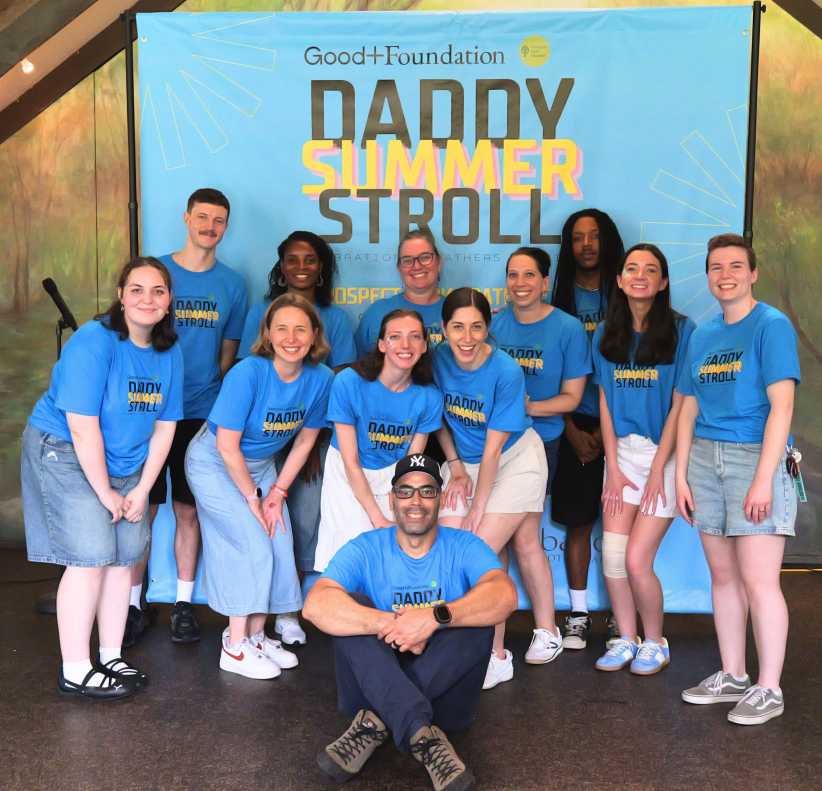With its long-term future in Red Hook recently assured, Brooklyn’s maritime community took a moment this week to recognize its rich past.
Officials, supporters and workers gathered May 13 in at the Brooklyn Cruise Terminal in Red Hook for a rededication ceremony for The Brooklyn Working Waterfront, a vibrant eight-panel mural honoring those who made the waterfront a vital part of the American economy.
“The rededication of this historic mural is a fitting tribute to the many men and women who today are contributing to the rebirth of New York City’s waterfront as a dynamic economic engine of the City’s economy,” said Economic Development Corporation (EDC) President Seth Pinsky.
“With industrial maritime uses at Red Hook expanding into Sunset Park, and the thriving container terminal at Howland Hook in Staten Island, the New York Harbor is on its way to reclaiming its former status as a vibrant hub for international shipping. I am pleased that EDC is a part of this revitalization and this tribute.”
After months of uncertainty, Red Hook’s container terminal recently inked a 10-year-lease with its landlord, the Port Authority of New York and New Jersey, allowing its continued operation on Piers 7-10.
The piers were once eyed by the EDC as part of a plan to make the waterfront a visitor friendly attraction. The quasi-public entity had hoped to gain control of the property from the Port Authority, a plan that fizzled after the container terminal marshaled a coalition of powerful supporters.
The rededication was sponsored by the EDC.
The 24-foot by 9-foot mural was created in 1963 by Bernard Seaman (1913-1989), a noted editorial cartoonist and artist, according to the EDC.
It was originally displayed in the lobby of the Brooklyn Longshoremen’s Medical Center on Court Street. When the building was scheduled for demolition this year, the efforts to preserve the mural were spearheaded by ILA Local 1814 President Louis Pernice and the members of the local union.
“As we gather here today to honor the longshoremen who worked on Brooklyn’s docks in the past, we also look forward to a bright future for the harbor,” Pernice said. “To achieve that future, we need to reemphasize vocational skills as part of the public education curriculum to ensure that the youth of today and tomorrow are prepared for the jobs that will be created on the revitalized working waterfront.”
The transfer and reinstallation at the Brooklyn Cruise Terminal was funded by New York Container Terminal President James Devine.
“As we move ahead, it is always good that we look back and remember our heritage,” Devine said.
The mural depicts scenes of longshoremen hauling cargo-laden nets during the height of activity on the Brooklyn waterfront. Each of its 3 x 8 foot panels contains hundreds of pieces of acrylic layered to create different hues and textures, the EDC noted.


